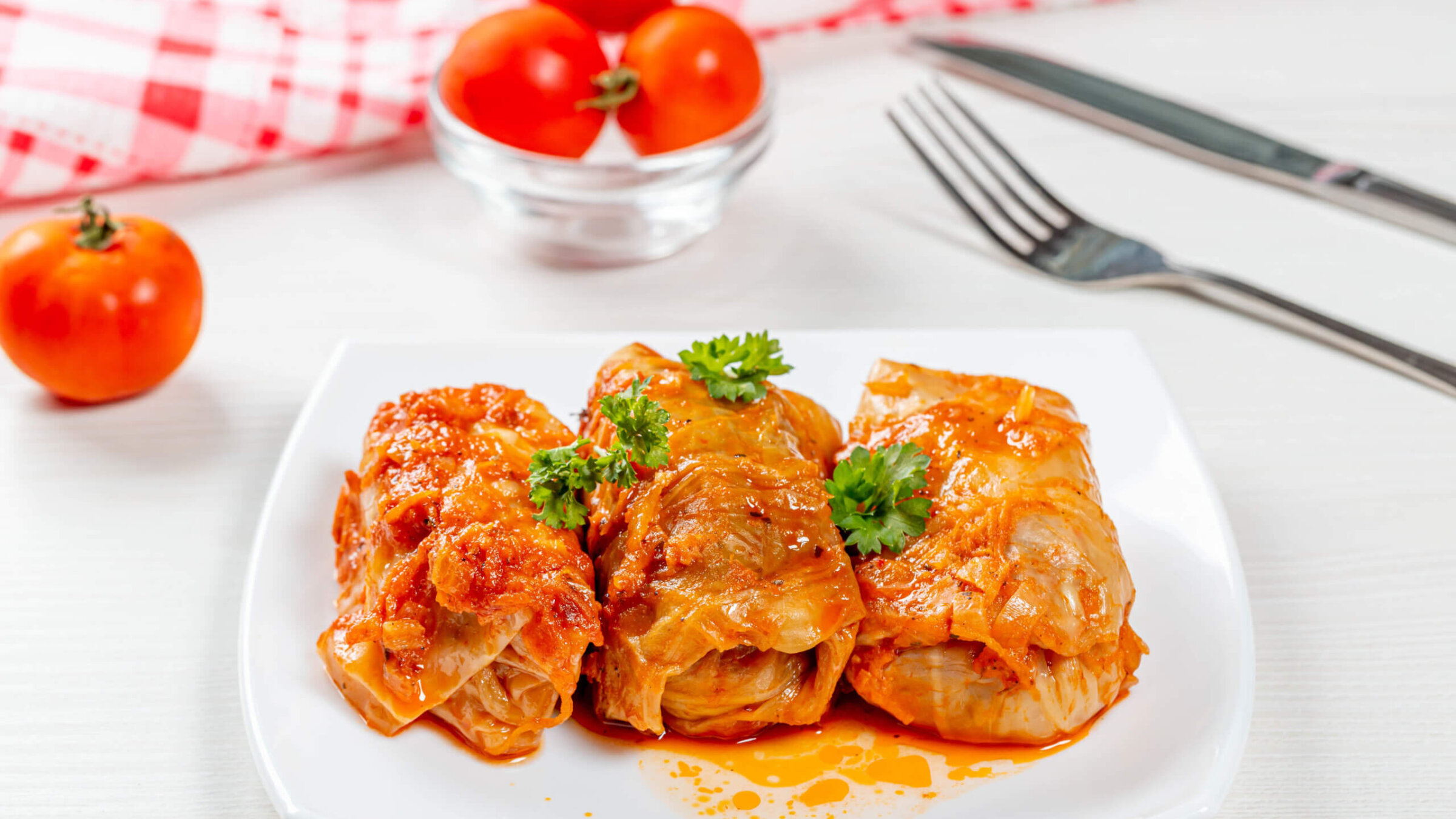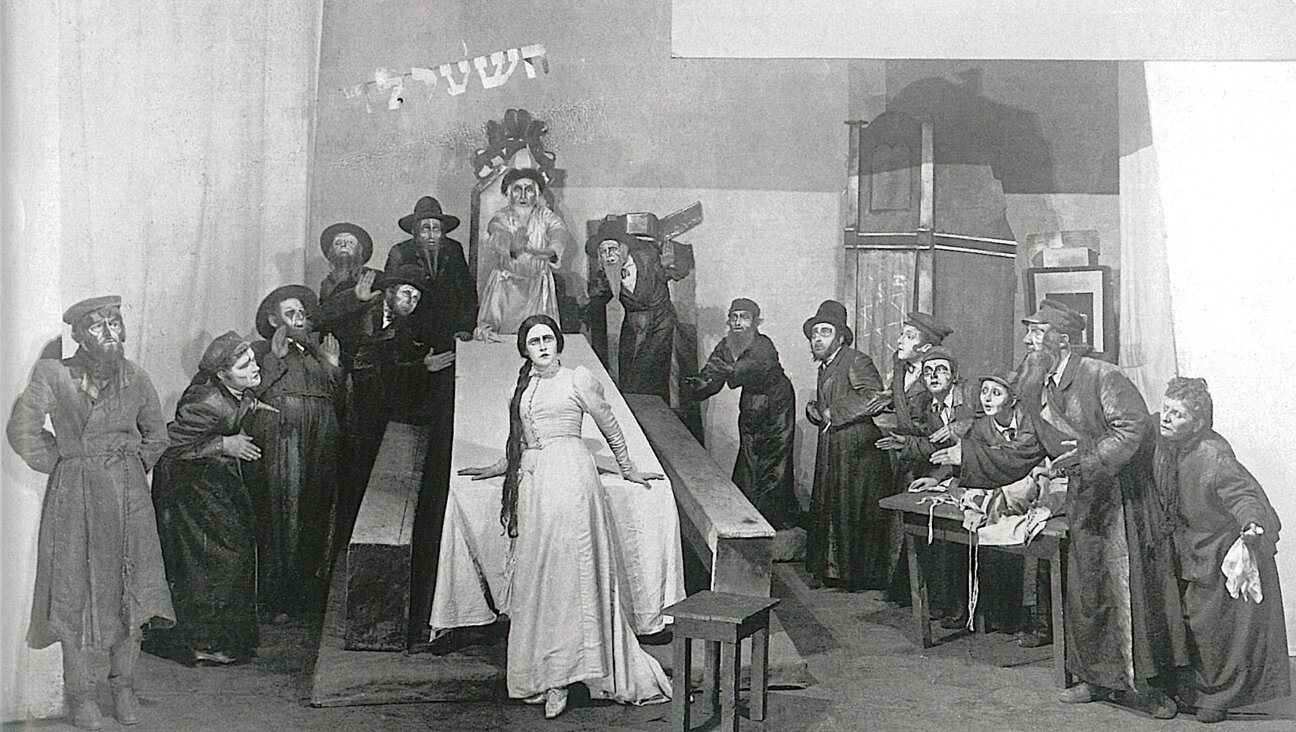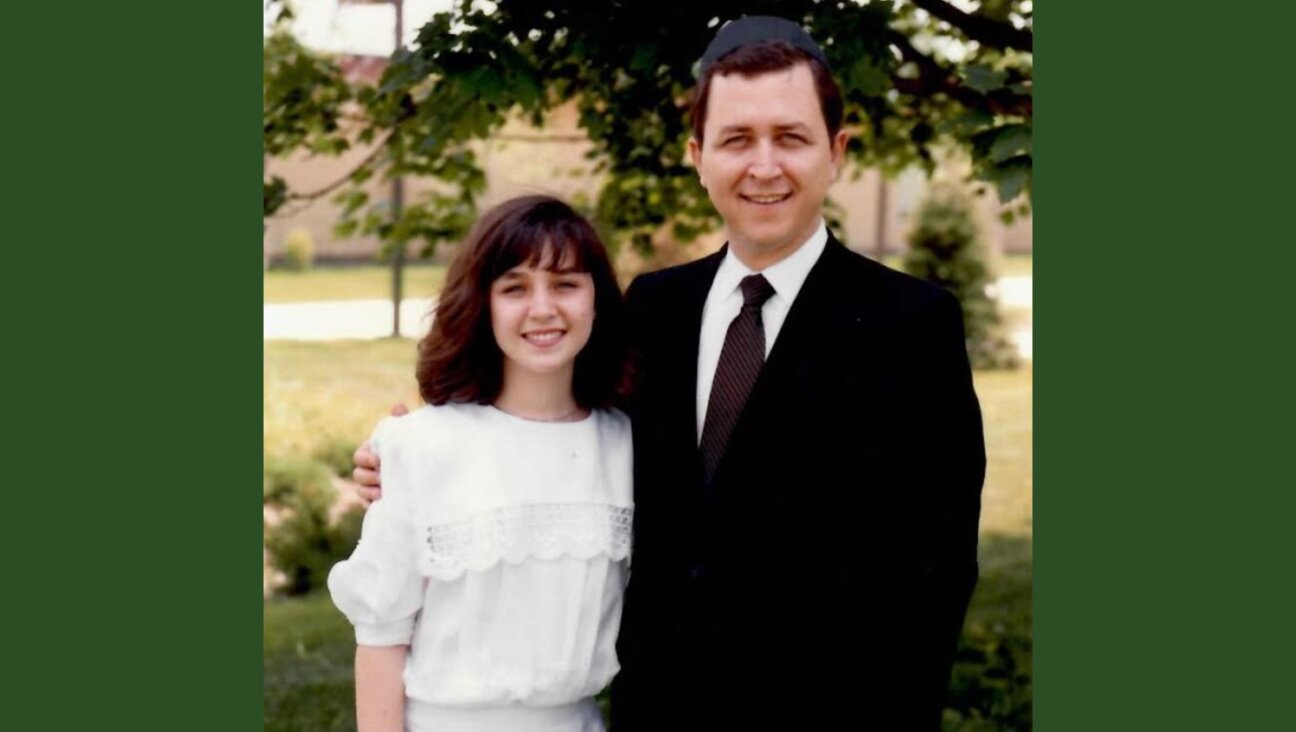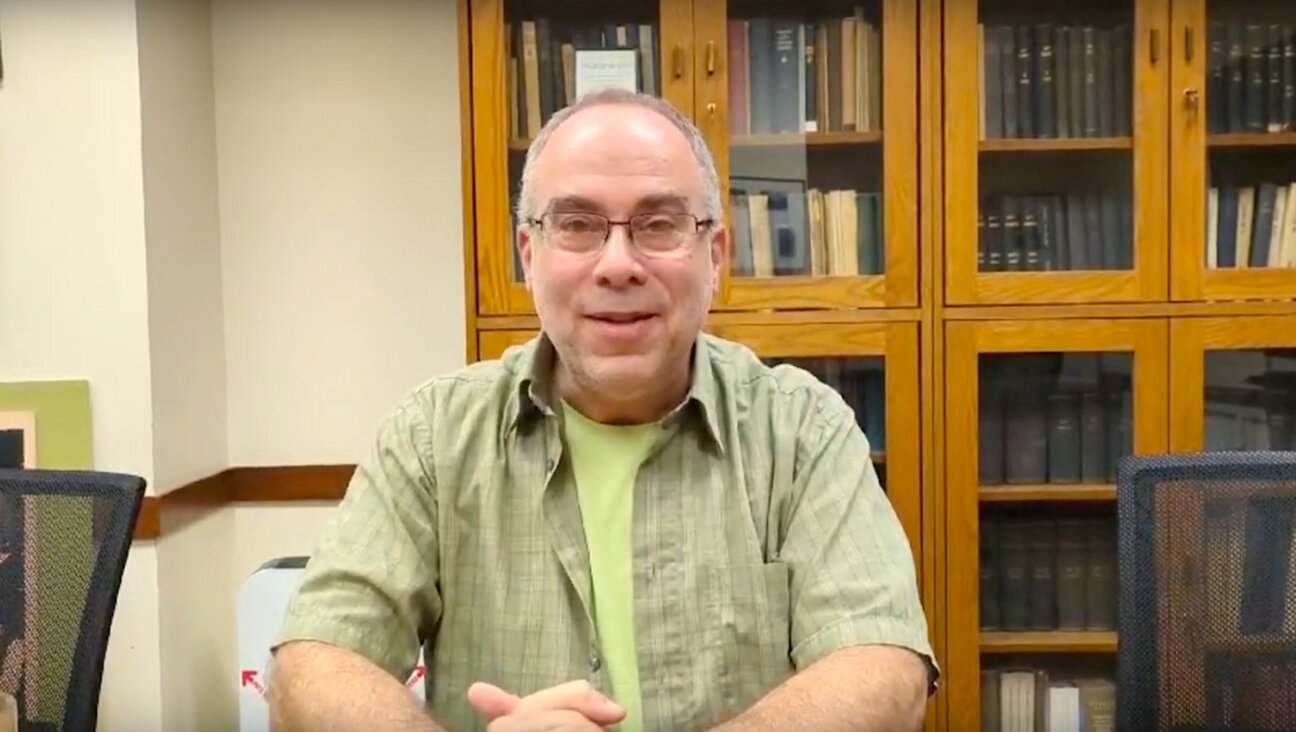VIDEO: Delicious sweet and sour stuffed cabbage for Sukkot
This traditional Ashkenazi dish is usually prepared on the seventh day of Sukkot, Hoshanah Rabbah, thanks to a pun

Photo by Flickr
One of the culinary traditions for Sukkot, particularly the last days of the week-long holiday, is to eat stuffed cabbage, known in Yiddish by many names, including holishkes, holiptses, prakes and geviklte kroyt. Although some think it’s a Simchat Torah dish because two cabbages lying together look like a Torah scroll, it’s actually connected to the seventh day of the holiday, Hoshana Rabbah, and is based on a pun.
On Hoshana Rabbah, the climax of the prayer service is the reciting of the words kol mevaser, mevaser v’omer (“The voice of the herald heralds and says”). Kol sounds like Kohl — the German word for cabbage, and vaser is the Yiddish word for water. This led to the custom of eating cabbages cooked in water (kohl mit vaser). In order to make it tastier and more festive, Jewish cooks prepared them in a tasty sweet and sour sauce instead.
Traditionally, the cabbage rolls are stuffed with ground beef but in this video, we made a delicious vegetarian version that will satisfy all your guests. The recipe follows the video.
Vegetarian Sweet and Sour Stuffed Cabbage
12 cabbage leaves (preferably Savoy)
Olive oil
4 tablespoons sunflower seeds
1-2 celery stalks, finely diced
1 carrot, peeled and finely diced
1 or 2 onions, finely diced
1 pound mushrooms
½ ounce dried mushrooms, soaked (optional)
1-1/2 cups cooked cooled rice (any kind)
2 eggs
Salt (about 1 ½ teaspoons)
Black pepper
Paprika
¼ cup minced parsley
¼ cup minced dill
1 cup (4 ounces) cheddar cheese, grated (optional)
Sweet and sour tomato sauce*
Instructions:
Separate the large outer leaves of cabbage and blanch them in boiling, salted water for a few minutes until pliable but still resilient. When they are cool enough to handle, shave down their tough spines so that the leaves are easy to roll up.
Heat the oil in a large skillet and toast the sunflower seeds for five minutes. Add the onions, carrots and celery and sauté, stirring for about 15-20 minutes. Dice the fresh mushrooms (and dried mushrooms if you are using them) and add them to the sauteing vegetables. Cook until the liquid of the mushrooms evaporates. The mushrooms will reduce significantly in volume.
Beat the eggs and season with salt, pepper and paprika. Once the mushrooms have cooled down, combine them with the rice, eggs, dill, parsley and cheese if you’re using it. Taste for seasoning.
Place one quarter cup filling on a cabbage leaf. Roll up the leaf from the stem-end, tucking in the sides to make tidy little rolls. Repeat with remaining leaves and filling.
Heat the oven to 350 F.
Pour a cup of sweet and sour tomato sauce* onto the bottom of a baking dish. Arrange the cabbage rolls in the dish and cover with the remaining sauce.
Bake for 30 minutes.
* Sweet and Sour Tomato Sauce
4 tablespoons olive oil
2 onions
4 cups chopped or crushed tomatoes (you may use fresh or 1 28-ounce can)
1 bay leaf
1 teaspoon salt, pepper to taste
½ lemon
White sugar to taste
Heat the oil in a wide skillet. Cook the onions for 15 minutes. Add tomatoes, bay leaf, salt, pepper and a pinch of sugar to taste. Simmer the sauce for 30 minutes. Add the lemon juice and sugar to your desired level of sweetness.
And here is a vegan version of the recipe.
A message from our CEO & publisher Rachel Fishman Feddersen

I hope you appreciated this article. Before you move on, I wanted to ask you to support the Forward’s award-winning journalism during our High Holiday Monthly Donor Drive.
If you’ve turned to the Forward in the past 12 months to better understand the world around you, we hope you will support us with a gift now. Your support has a direct impact, giving us the resources we need to report from Israel and around the U.S., across college campuses, and wherever there is news of importance to American Jews.
Make a monthly or one-time gift and support Jewish journalism throughout 5785. The first six months of your monthly gift will be matched for twice the investment in independent Jewish journalism.
— Rukhl Schaechter, Yiddish Editor






















